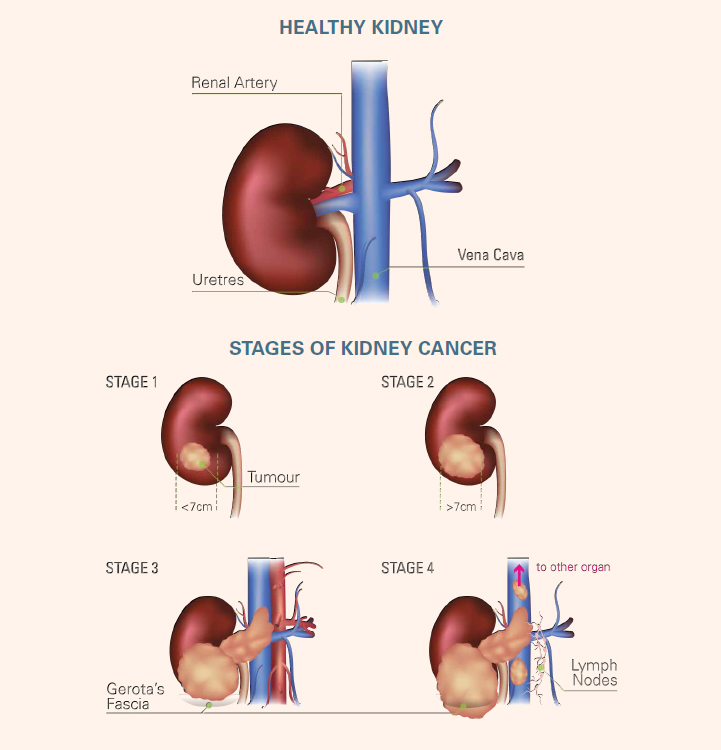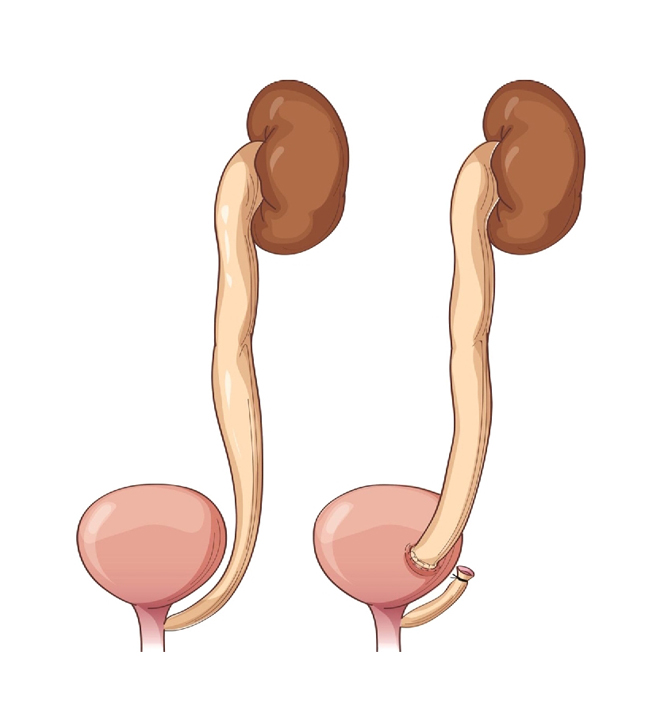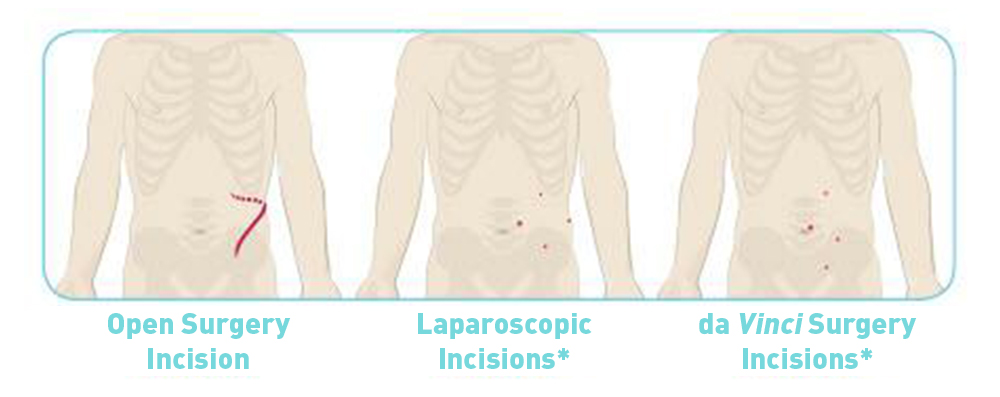Robotic-Assisted Kidney and Urology Reconstructive Surgery
The kidneys are two bean-shaped organs in the renal system. They help the body pass waste as urine. They also help to filter blood before sending it back to the heart. Each kidney is attached to a ureter, a tube that carries excreted urine to the bladder.
The kidneys perform many crucial functions, including:
- Maintaining overall fluid balance
- Regulating and filtering minerals from blood
- Filtering waste materials from food, medications, and toxic substances
- Creating hormones that help produce red blood cells, promote bone health, and regulate blood pressure

KIDNEY CANCER
Kidney cancer is one of the more common cancers that affect the urinary system, with an incidence rate of 1.6 per 100,000 in the Malaysian population according to the 2012 Globocan statistics. More than 80% of all kidney cancers are renal cell carcinoma (RCC), and it occurs in a male-to-female ratio of 2:1. Classic symptoms include flank pain, a palpable abdominal mass and gross hematuria (blood in the urine) or anemia. About 95% of all solid tumours larger than 2.0 cm are cancerous, while benign growths in the kidneys are rare.
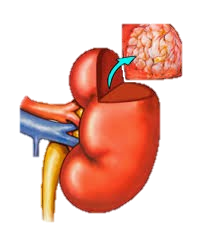
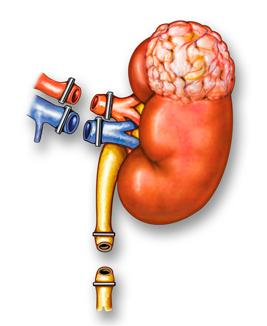
Kidney cancer is relatively resistant to non-invasive treatments such as radiation and chemotherapy. Due to this reason, the gold standard treatment for localised kidney cancer is surgery.
Surgery to remove the whole kidney is known as a radical nephrectomy. When only a tumour is removed, leaving the healthy portion of your kidney intact, it is called a partial nephrectomy.
